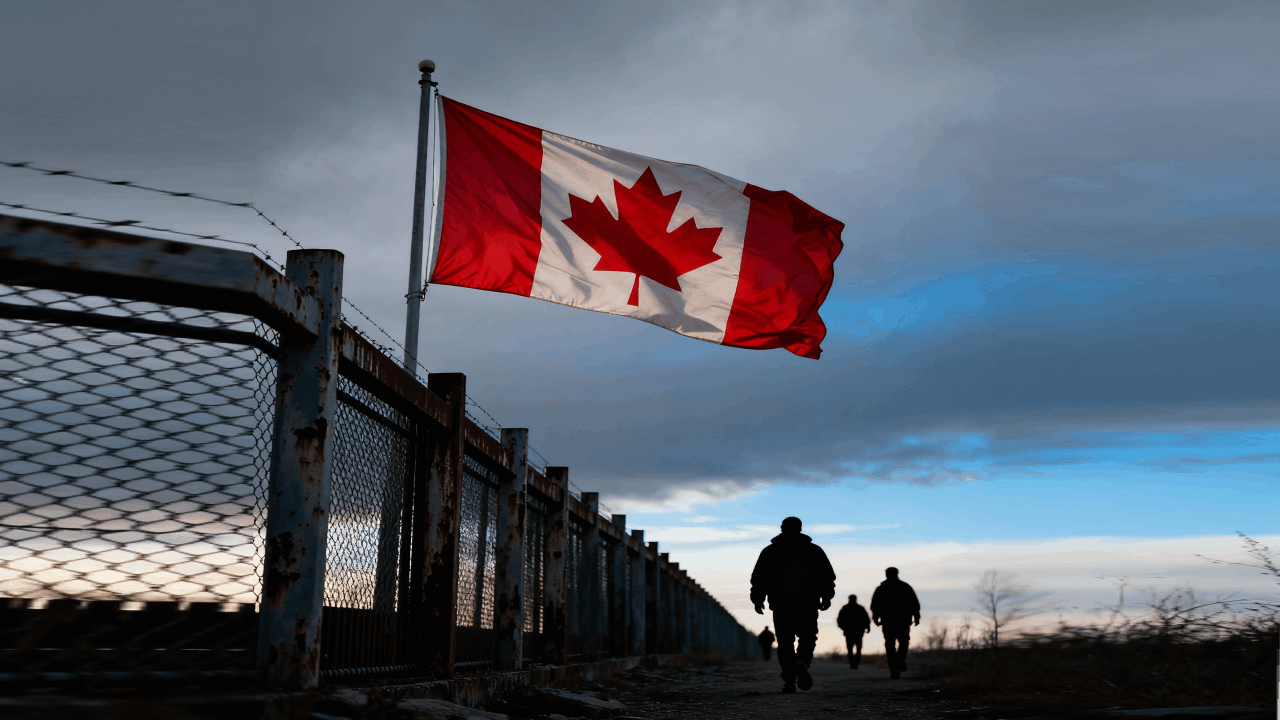On a grey October morning in Ottawa, Canada’s Parliament rolled out Bill C-12—officially, the Strengthening Canada’s Immigration System and Borders Act—marking the nation’s most dramatic shift on asylum policy in decades. The bill slams the brakes on an era renowned for welcoming newcomers, replacing it with sharp-edged rules aimed at curbing what officials now call “system exploitation,” all while Ottawa claims to safeguard Canadian values and border integrity.
The “Trump Factor” and International Pressure
The timing, and substance, is no accident. Since President Trump’s return to the White House, cross-border talks have roared with urgency. U.S. demands for tighter enforcement, fentanyl crackdown, and synchronized border protocols directly shaped the contours of Bill C-12. As Washington clamps down on its own southern border, pressure has spiked for Ottawa to take parallel action in the North, framing Canada’s once-open asylum pipeline as a new “target.” Canadian lawmakers, caught between humanitarian tradition and geopolitical reality, say the pivot is necessary to ease American anxieties and secure cross-border trust.
New Rules, Swift Exclusions
What’s at stake for asylum seekers? Almost everything. Under the new law, anyone who entered Canada after June 24, 2020, now has just one year to file a claim. Cross the land border irregularly or miss that 14-day window? Your claim won’t go before a full refugee tribunal. Many facing real danger in their home countries will see their cases sidelined before they see a hearing room.
Even those present in Canada for years—students, workers, or those whose homelands suddenly tipped into chaos—find themselves in procedural quicksand. While the government promises a “pre-removal risk” review before deportation, legal experts note that standards are higher and success rates slimmer than the regular asylum process.
The Numbers: A Rapid Fall
With Parliament still debating, the figure making headlines is as stark as the Ottawa leaves: asylum claims have plunged, down nearly 40% in 2025 so far. In 2024, Canada processed almost 172,000 claims. By mid-2025, that number slid to just over 57,000—a fall sharper than any in recent memory. Ministry officials point to “restored order,” while experts warn of invisible suffering as “thousands could be locked out of the process” for administrative reasons alone.
The Fraud Debate: Facts vs. Fears
Bill C-12’s backers, echoing heated rhetoric on TV, insist the bill weeds out “fraudulent” applicants gaming the system for a backdoor to Canada. The numbers tell a subtler story: credible fear findings and refugee acceptance rates have actually risen in recent years, with about 79% of claimants succeeding. While a minority of cases—in particular, a rise in claims from international students—raises concerns, outright fraud is estimated at just 2% among student applicants, and is aggressively prosecuted. The government’s own reports confirm: lost cases are typically due to weaker legal evidence, not fraud.
Backlogs, Human Costs, and Systemic Strains
Beyond the numbers lies a sobering reality: Canada’s asylum backlog remains massive, with nearly 300,000 cases pending as of September. Critics argue that the bill “fixes” the system by cutting access, not adding capacity. Human rights voices warn it may send desperate people back to danger solely for procedural missteps.
A National Pivot—And an Uncertain Future
This legislation, say supporters, is Canada “closing loopholes” in an era of transnational crime, strained services, and political polarization. Yet for many, it also marks the end of an epoch—when Canada’s gates, though imperfect, stood open to the world’s most vulnerable. As Parliament prepares for final votes, the outcomes—practical, moral, and political—remain deeply contested.
Will the new law become a model of “orderly migration,” or a cautionary tale of closing doors? As the world watches, the answer will define Canada’s reputation for years to come.

